Re: Krugman: Why Advertising May Be Causing Gold's Rise
Well, if you are right, then "Global economic sanity" is instead global economic INSANITY.
And gigantic fiat money emission by CB`s is preserving the world of sheer chaos.
Maybe you´re right.....
So, for the time being, let´s hold our gold
Well, if you are right, then "Global economic sanity" is instead global economic INSANITY.
And gigantic fiat money emission by CB`s is preserving the world of sheer chaos.
Maybe you´re right.....
So, for the time being, let´s hold our gold
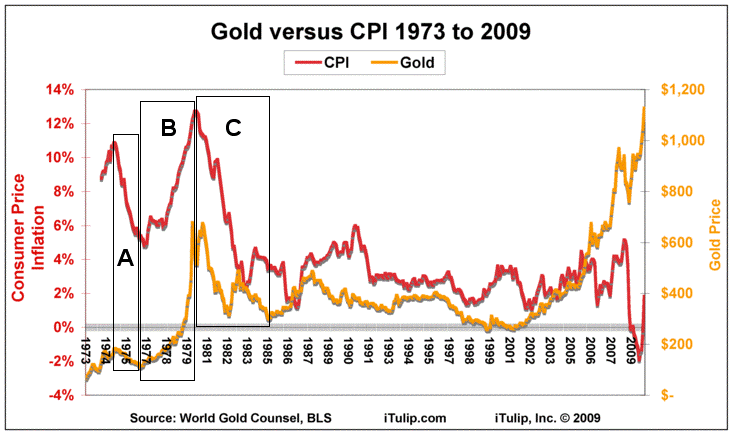
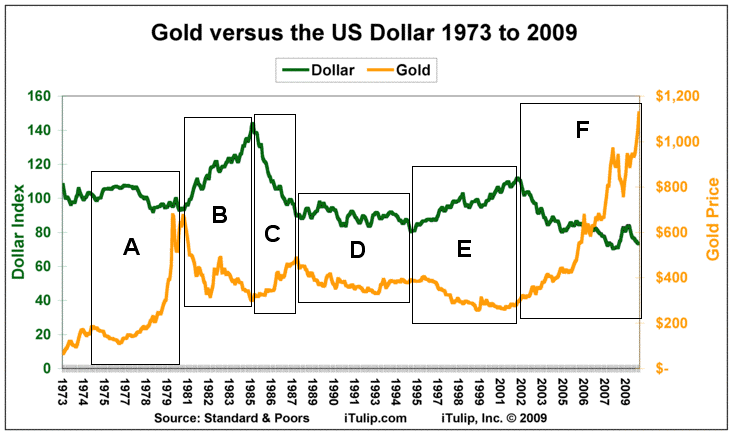
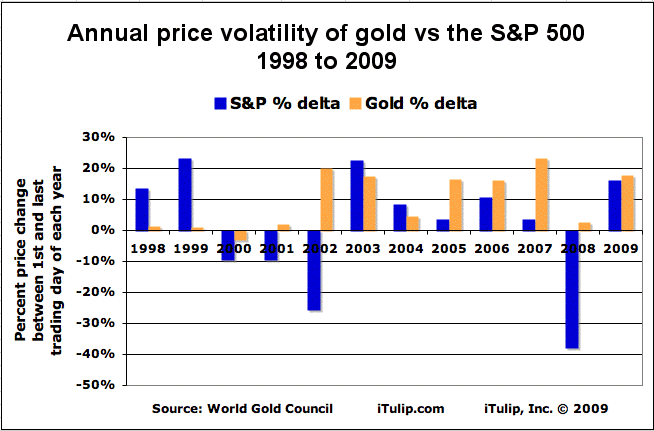
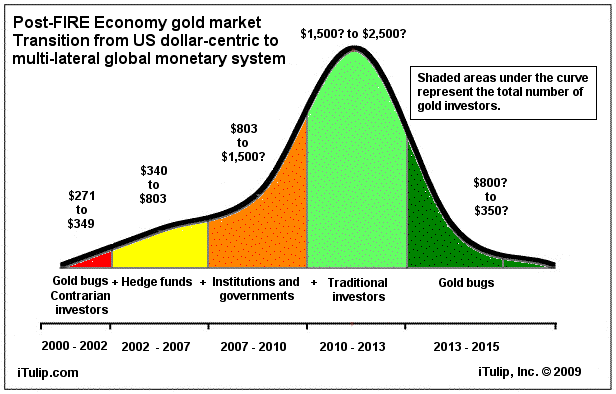
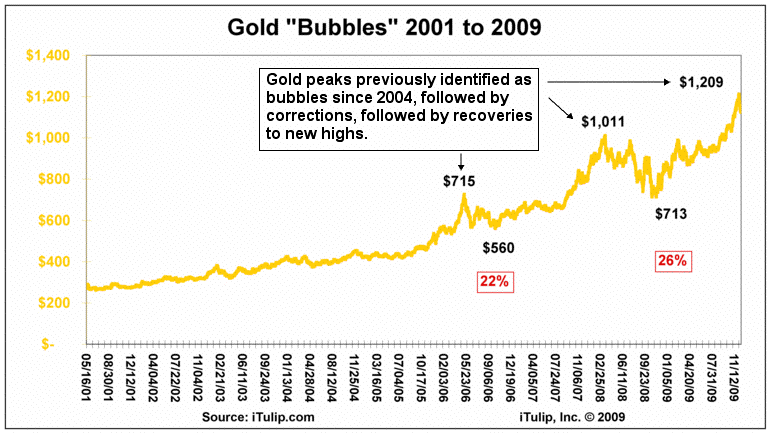
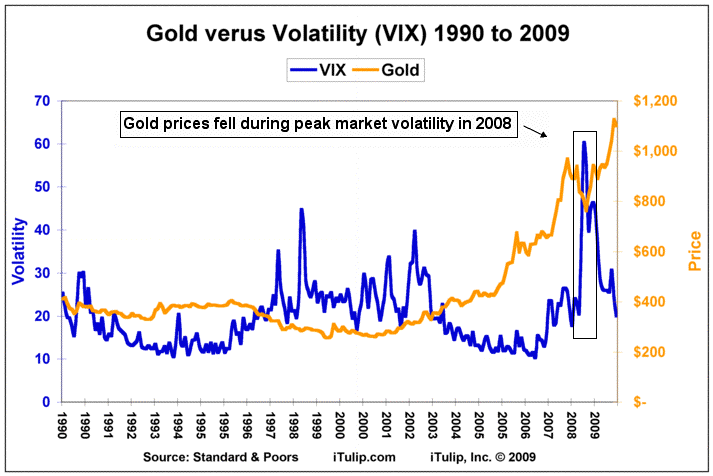
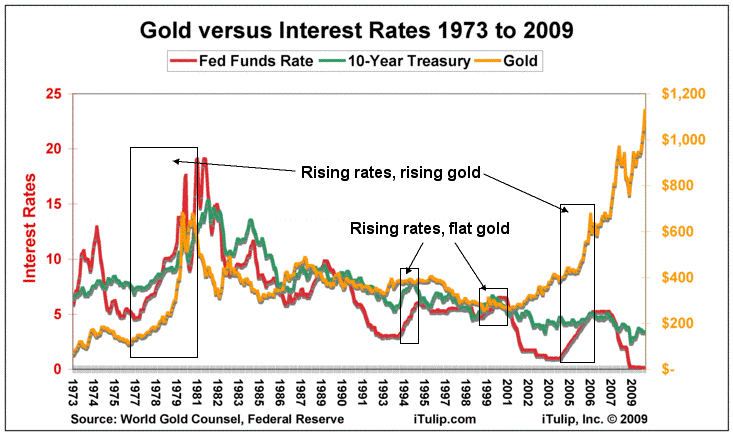

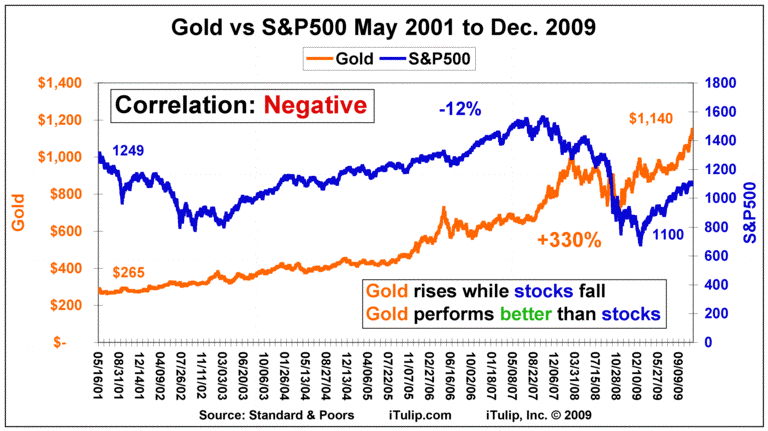


Comment